12 Remarkable Landmarks to Visit in Ohio
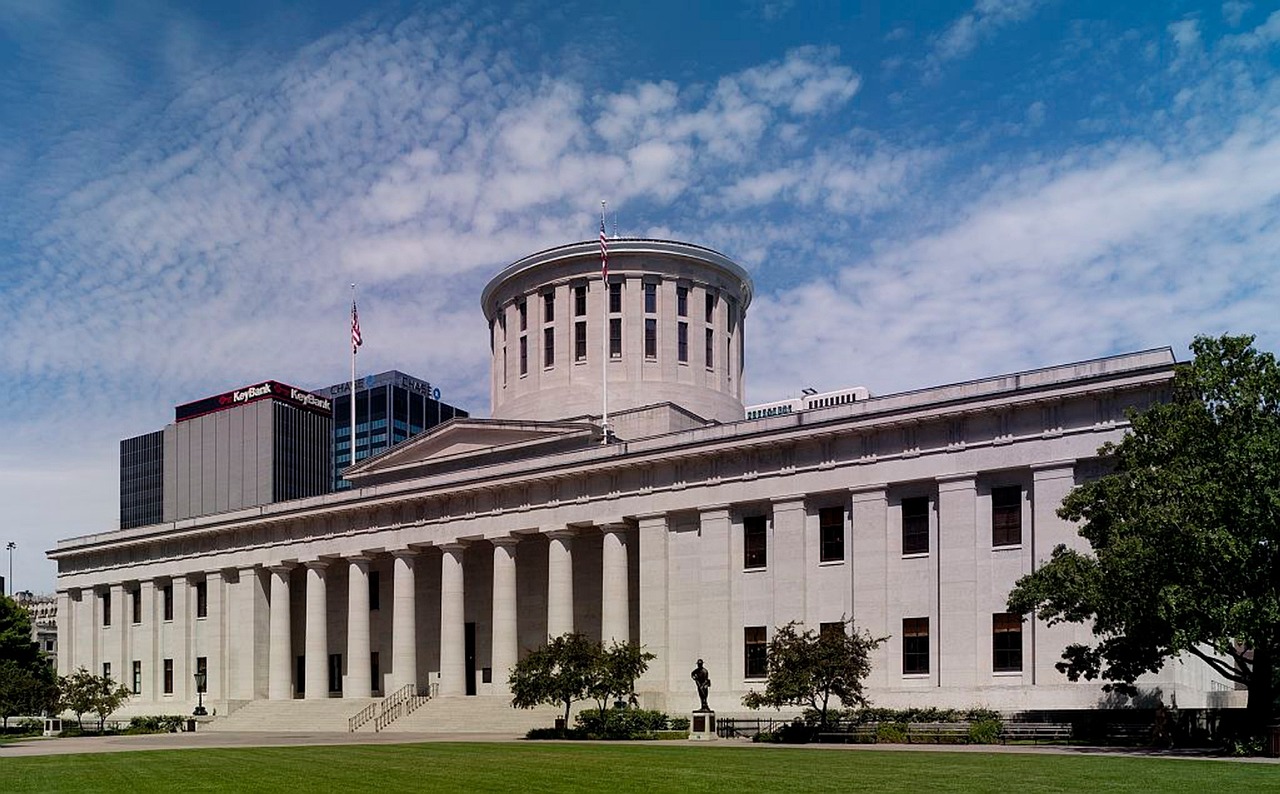
Ohio’s history isn’t just written in textbooks—it’s etched into its landscapes, preserved in its buildings, and whispered through its monuments. From ancient earthworks to presidential homes, every corner of the state has a story that shaped the nation. Whether you’re drawn to aviation legends, early American settlements, or the voices of first ladies, these historic sites invite you to step into the past and see how it still echoes through the present. Ready to explore the places where history truly lives? Let’s dive in.
1. Adena Mansion

Here’s the thing about Adena Mansion—it doesn’t just hold history, it helped shape Ohio itself. Built in 1807 for Thomas Worthington, one of the state’s founding fathers and its sixth governor, this stately Federal-style home sits atop a hill in Chillicothe. It’s famous for inspiring the design of the Ohio State Seal thanks to its sweeping view of Mount Logan. Inside, original furnishings and artifacts reveal what life looked like for a wealthy family during the early 1800s. The 300-acre estate also includes gardens, outbuildings, and a museum that gives clear context to the region’s political roots and agricultural beginnings.
2. Baum–Taft House
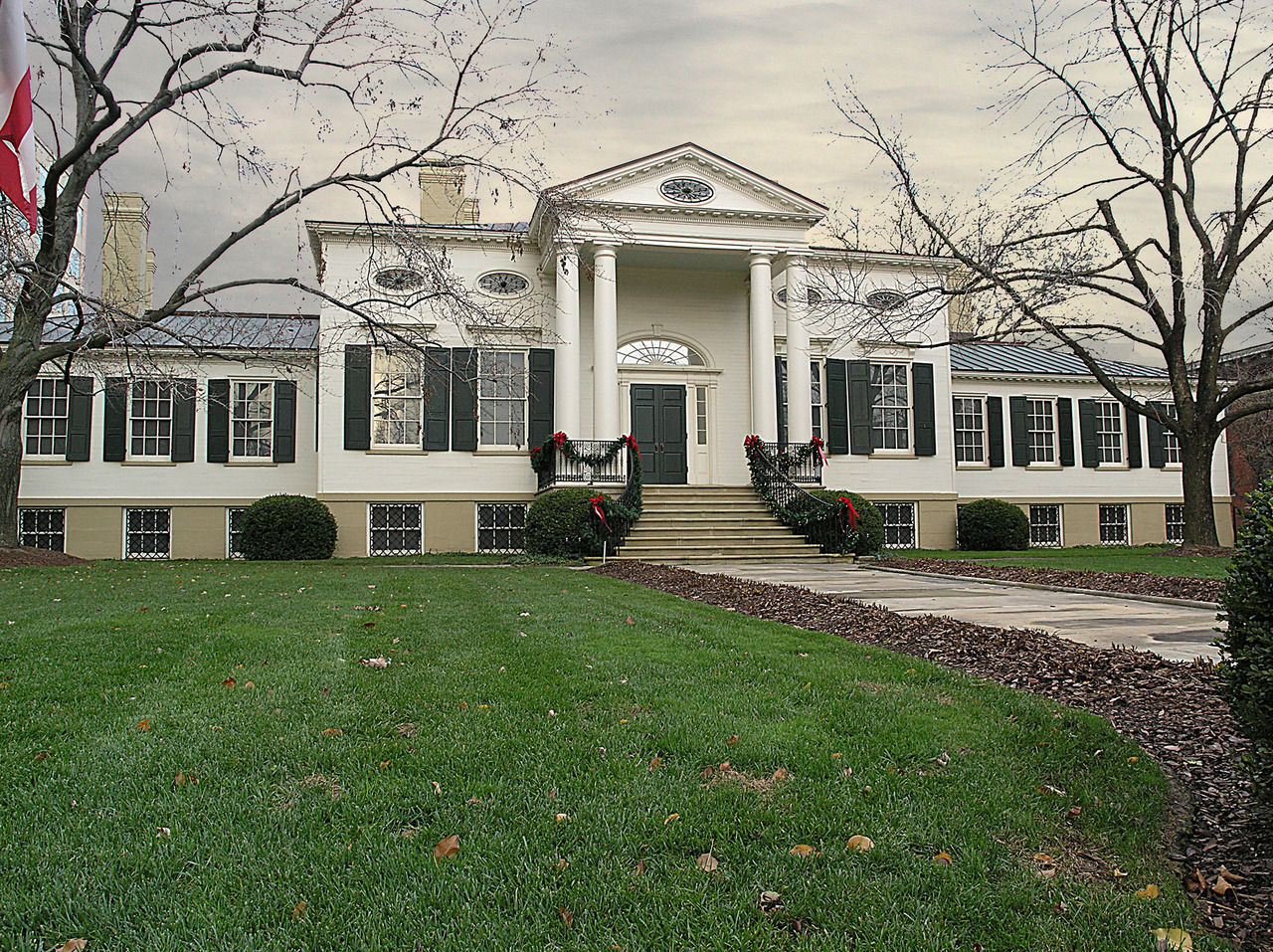
Not every presidential story starts with a log cabin. The Baum–Taft House in Cincinnati, a graceful Greek Revival structure, was the birthplace and childhood home of William Howard Taft—the only person to serve as both U.S. President and Chief Justice. Built in 1845, the house features original furniture, portraits, and documents tied to Taft’s family and career. Guided tours walk visitors through the home’s restored interiors and explain how Taft’s upbringing in this intellectually rich environment shaped his path toward national leadership. For anyone interested in law, politics, or presidential history, this site connects deeply to both the man and the era.
3. Beginning Point of the U.S. Public Land Survey
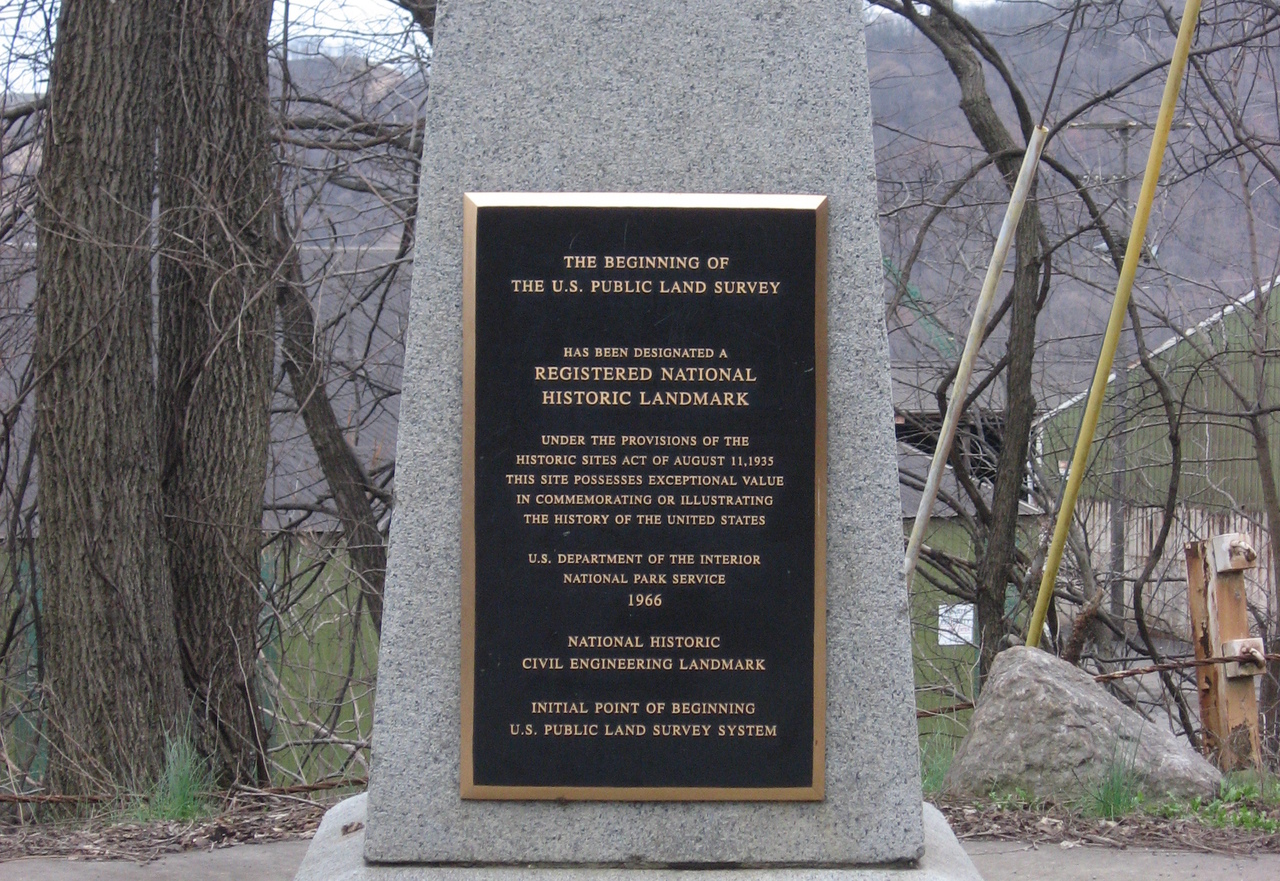
This one might look unassuming, but it marks one of the most important surveying benchmarks in American history. Located near East Liverpool, Ohio, the Beginning Point of the U.S. Public Land Survey is where the country’s first organized land division system started in 1785. It’s the spot where the rectangular grid system for mapping and selling federal lands was first implemented—eventually shaping how states west of the Ohio River were settled. A granite monument marks the exact location, just steps from the Ohio-Pennsylvania border. It’s a quiet but powerful tribute to American expansion, engineering, and land governance.
4. Dayton Aviation Heritage National Historical Park
If you want to understand how the modern world took flight, this is the place. The Dayton Aviation Heritage National Historical Park honors the legacy of Wilbur and Orville Wright alongside their friend and early civil rights leader Paul Laurence Dunbar. The park includes the Wright brothers’ bike shop, the Huffman Prairie Flying Field where they refined their flying machines, and the Wright-Dunbar Interpretive Center. Visitors can see actual tools, reconstructed gliders, and learn how their relentless experimentation turned a dream into the age of aviation. It’s one of the most technologically significant sites in the Midwest.
5. First Ladies National Historic Site
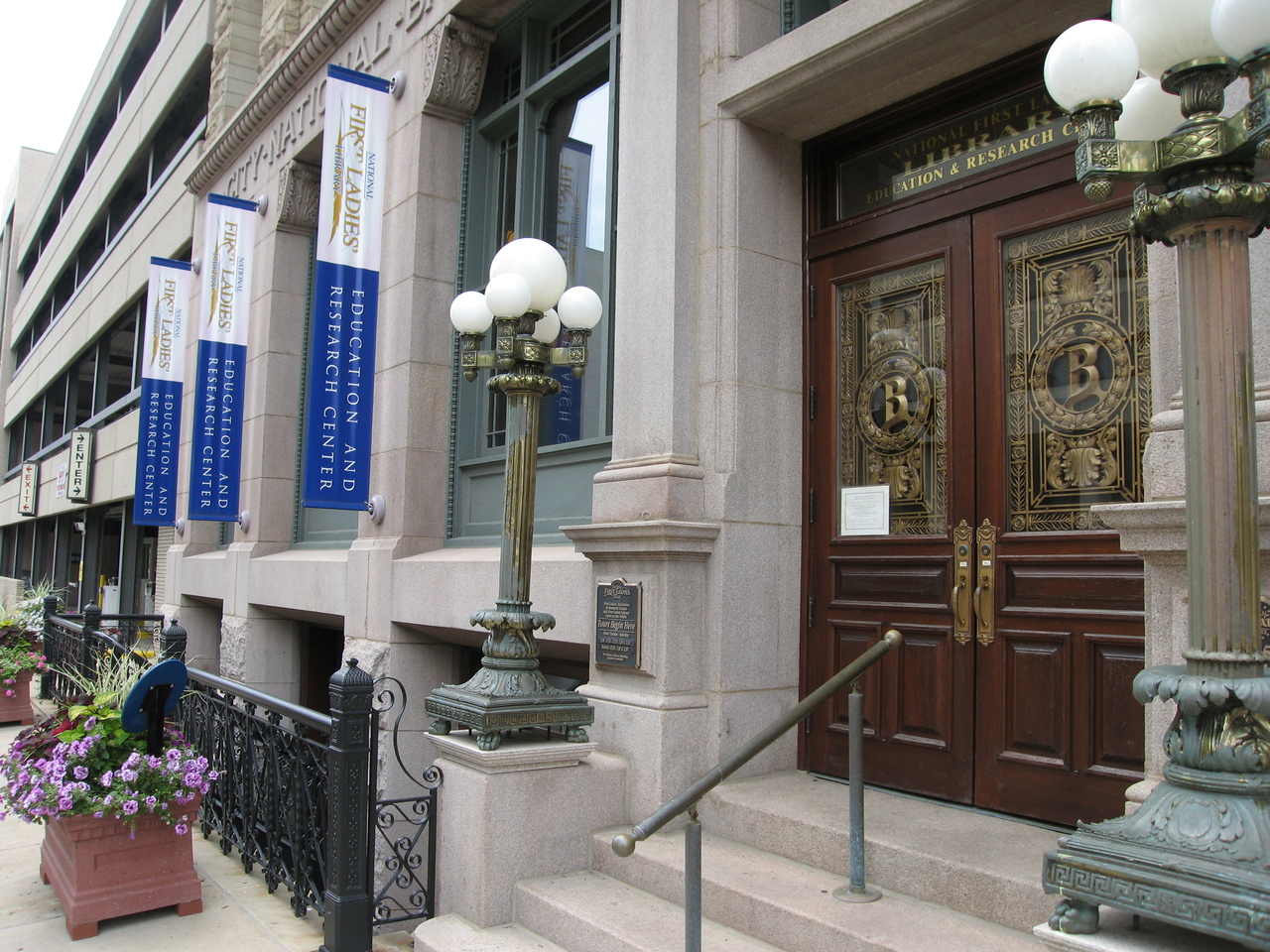
Behind every president stands a first lady—and this site in Canton, Ohio, makes sure their stories are told. Centered around the former home of Ida Saxton McKinley, wife of President William McKinley, the First Ladies National Historic Site features changing exhibits on the women who helped shape the presidency and the nation. Period rooms, personal items, and guided tours reveal the influence these women wielded through diplomacy, fashion, and policy. From Eleanor Roosevelt to Michelle Obama, the site doesn’t just honor them—it examines how their roles evolved and helped define American public life.
6. Hopewell Culture National Historical Park
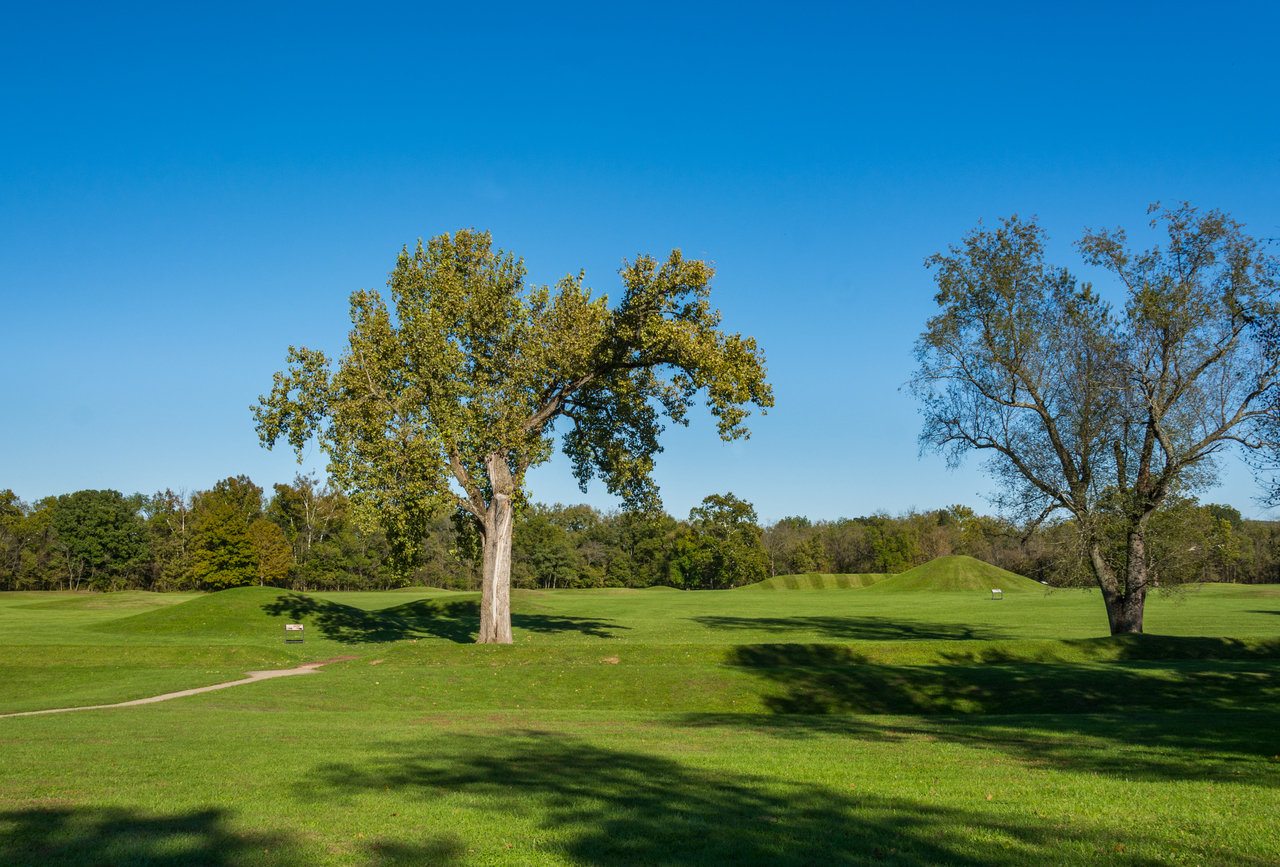
What’s remarkable about Hopewell Culture National Historical Park is that it predates European settlers by nearly 2,000 years. Located in Chillicothe, this UNESCO-nominated site preserves massive earthen mounds built by the Hopewell people between 200 BCE and 500 CE. These were not simple burial sites—they were ceremonial complexes engineered with mathematical precision. Walking through the geometric mounds, you begin to grasp the scale and sophistication of this ancient society. Artifacts found here—like copper jewelry, obsidian blades, and intricate pottery—offer clues into their expansive trade networks and spiritual beliefs.
7. Perry’s Victory and International Peace Memorial

This isn’t just a monument—it’s a towering statement about war, peace, and international cooperation. Rising 352 feet above Lake Erie on South Bass Island, Perry’s Victory and International Peace Memorial commemorates the U.S. victory over the British during the Battle of Lake Erie in 1813. But more importantly, it stands as a symbol of the lasting peace between the U.S., Canada, and Britain. Visitors can ride an elevator to the top for sweeping views of the lake and surrounding islands. The visitor center includes a museum that covers the War of 1812, naval strategy, and the legacy of Commodore Oliver Hazard Perry.
8. Spiegel Grove (Rutherford B. Hayes House)

Spiegel Grove isn’t just where a president lived—it’s where Rutherford B. Hayes reshaped his legacy after leaving office. This 25-acre estate in Fremont is home to the 19th president’s Victorian mansion, final resting place, and presidential library—the first in the country. The home retains original furnishings, books, and personal letters, giving a vivid picture of post-Civil War America and Hayes’ belief in public service and education. The sprawling grounds include walking trails, massive oak trees, and a museum that chronicles his life from Civil War general to Oval Office reformer.
9. Eldean Covered Bridge
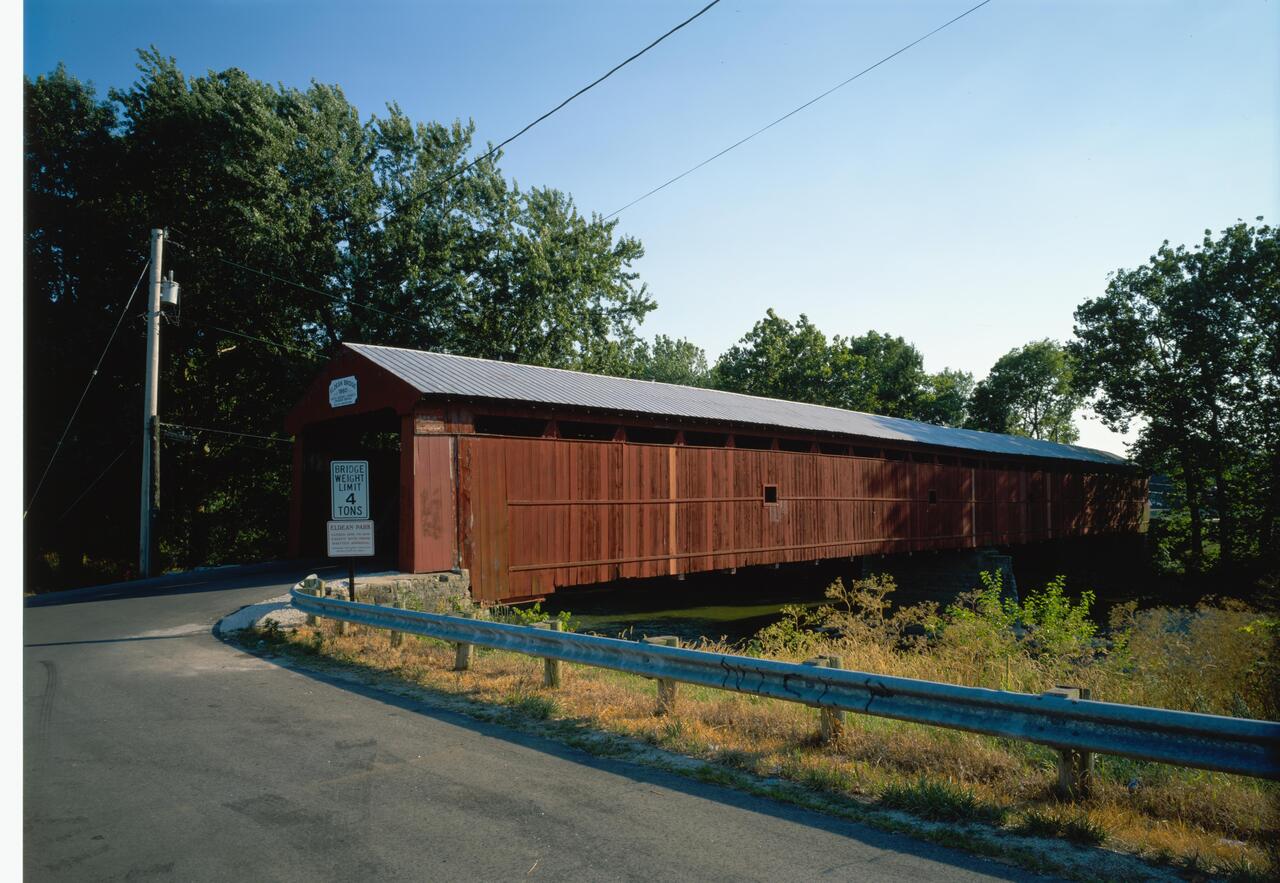
One of the best-preserved examples of 19th-century American bridge engineering, the Eldean Covered Bridge near Troy, Ohio, spans the Great Miami River with remarkable grace. Built in 1860, its unique Long truss design uses wooden latticework and a central arch to distribute weight. Listed on the National Register of Historic Places, the bridge offers insight into how Ohio’s early infrastructure connected communities and supported commerce. It’s still walkable today, and visiting it gives you a rare chance to see original timber craftsmanship in a peaceful, pastoral setting.
10. Fort Hill State Memorial
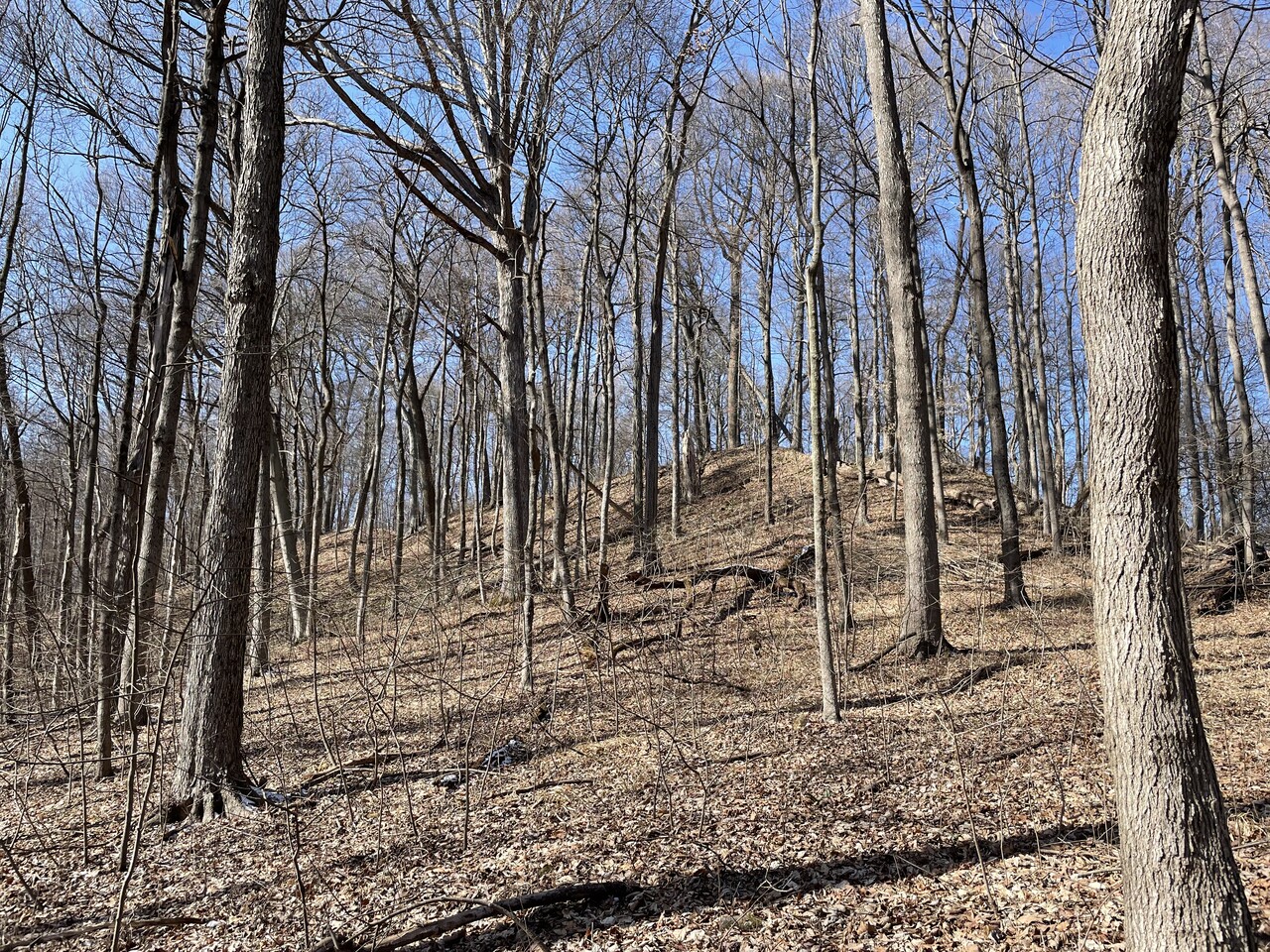
More than just a wooded hilltop, Fort Hill preserves one of Ohio’s largest and best-preserved hilltop enclosures built by the Hopewell culture over 2,000 years ago. Located in Highland County, the site includes a stone wall that stretches nearly 1.5 miles and encloses 40 acres. The purpose is still debated—defense, ceremony, or astronomical observation. A 2.5-mile loop trail allows hikers to follow the ancient wall through lush forest, while interpretive signs offer context along the way. Archaeologists still study this area for its cultural and spiritual significance to prehistoric Indigenous groups.
11. Lane-Hooven House
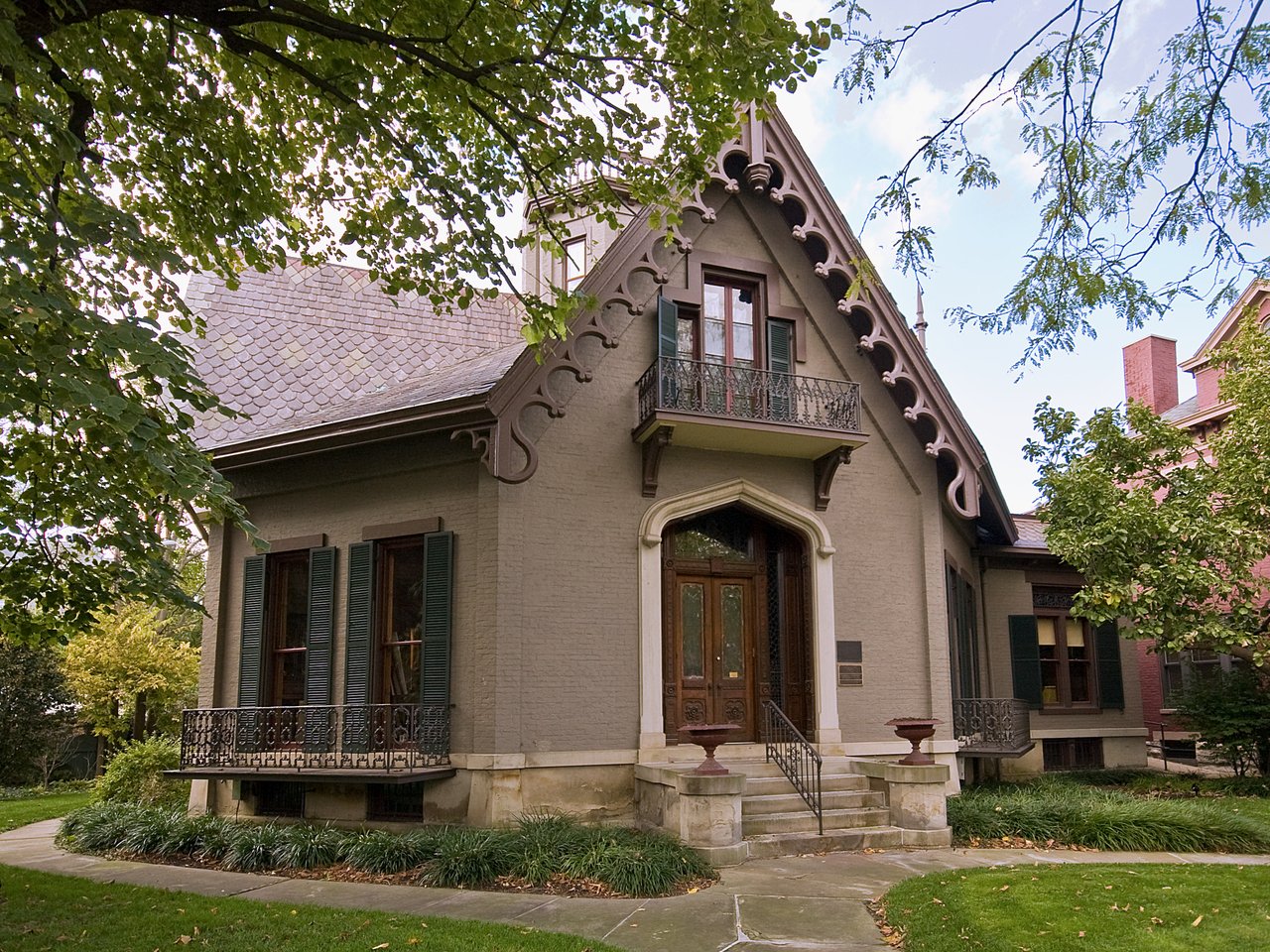
Built in 1863 in Hamilton, the Lane–Hooven House is a rare example of Gothic Revival architecture in the Midwest. Its octagonal design, arched windows, and turreted corners give it a near-storybook appearance. Originally the home of industrialist Clark Lane, the mansion is known for its intricate woodwork, vaulted ceilings, and stained-glass windows. Today, it serves as the headquarters for a community foundation and remains open for tours. The home captures not just a particular style, but a moment in Ohio’s industrial and civic rise during the 19th century.
12. Kirtland Temple
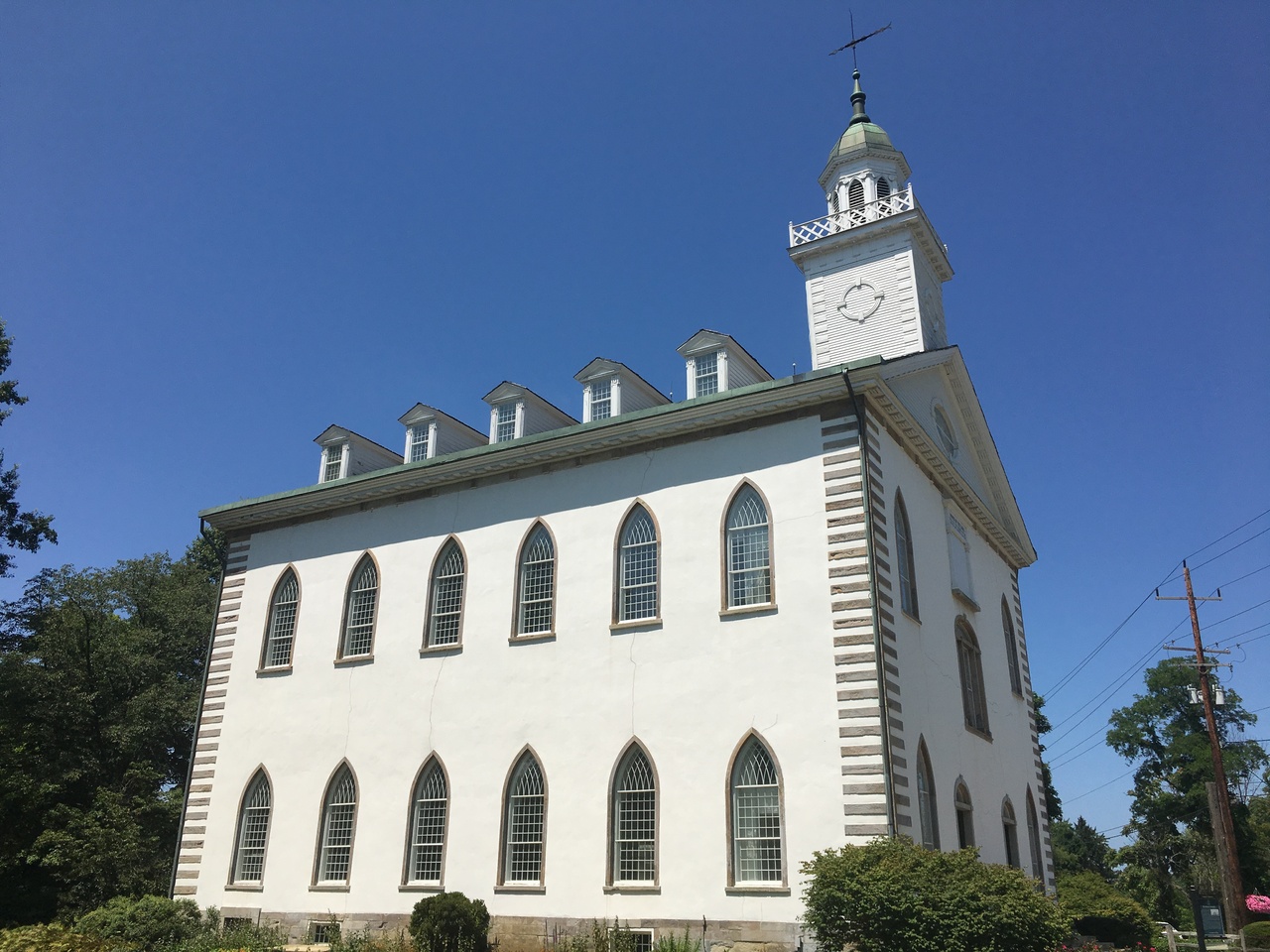
To understand Ohio’s religious heritage, you can’t overlook the Kirtland Temple. Built between 1833 and 1836 by early members of the Latter Day Saint movement, this was the first temple constructed by the group. Located just east of Cleveland, the building was designed as a sacred space for worship, instruction, and community gatherings. Despite schisms within the faith, the temple has been preserved and is now managed by the Community of Christ. Tours highlight its architectural details and the role it played in the early growth of one of America’s largest homegrown religions.